
From the stop sign to the laugh-cry emoji, symbols play a critical role and ubiquitous role in everyday life. But are we sure we know the stories behind the symbols we come across every day? The exhibition “Give Me a Sign: The Language of Symbols”, which opened last May at the Cooper Hewitt, Smithsonian Design Museum in NYC sheds light on this very issue.
A sleek black rabbit, a scary skull with wide eyes and crossed bones, and a red octagon with eight sharp edges that reads stop in the centre in white lettering. What do these graphic images have in common? They are part of a constantly evolving system of symbols that we use to communicate every day.
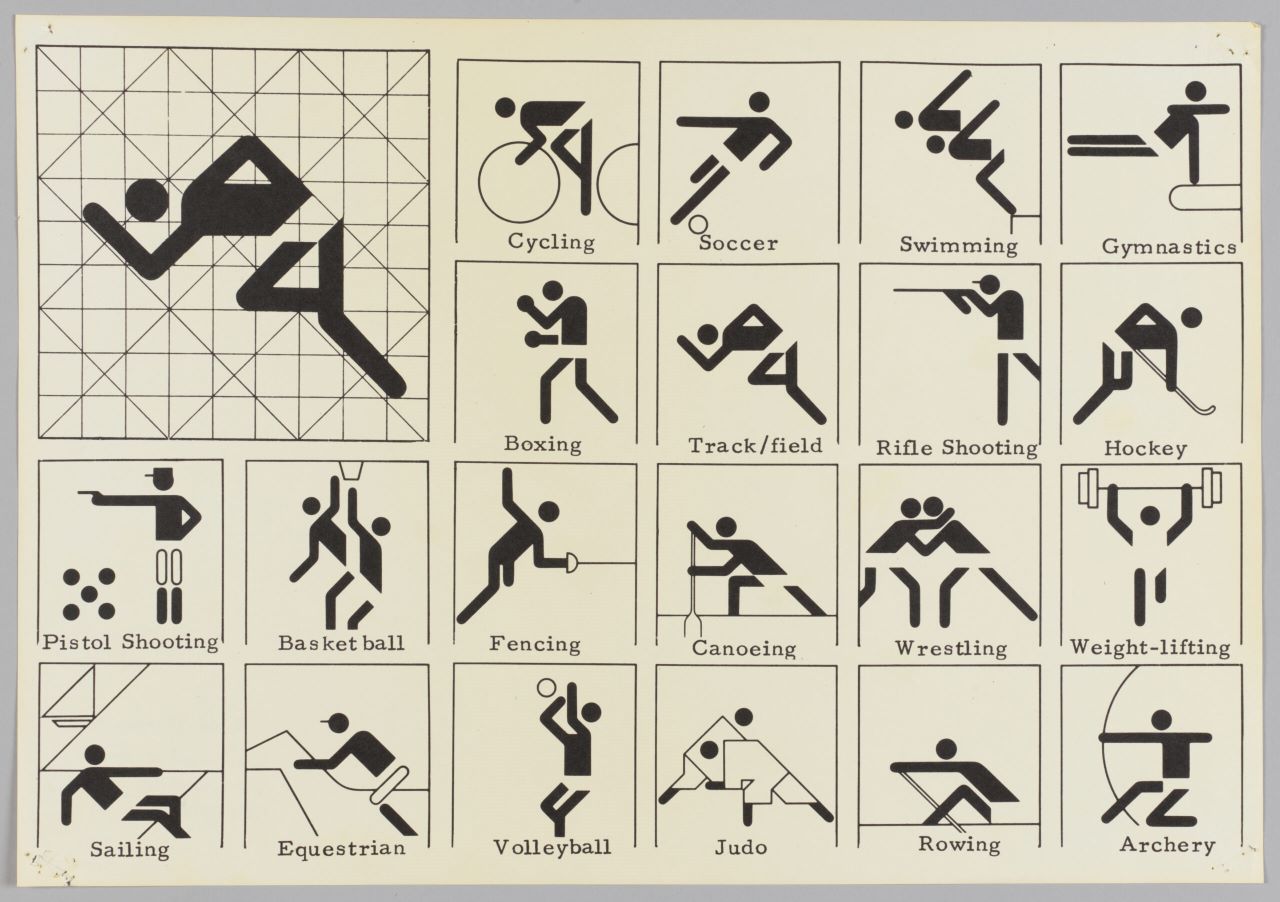
Symbols are made up of images, shapes, colours and lines designed to share information. “As communication tools designed to break language barriers, symbols serves a variety of human needs both in daily life and in extraordinary circumstances,” said Emily M. Orr, associate curator and acting head of Product Design and Decorative Arts at Cooper Hewitt. “A highlight of the exhibition is the previously untold story of the making and impact of Henry Dreyfuss‘s Symbol Sourcebook: An Authoritative Guide to International Graphic Symbols, the discipline-defining manual that has elevated the importance of symbols and inspired their production and use around the world since its publication in 1972.”
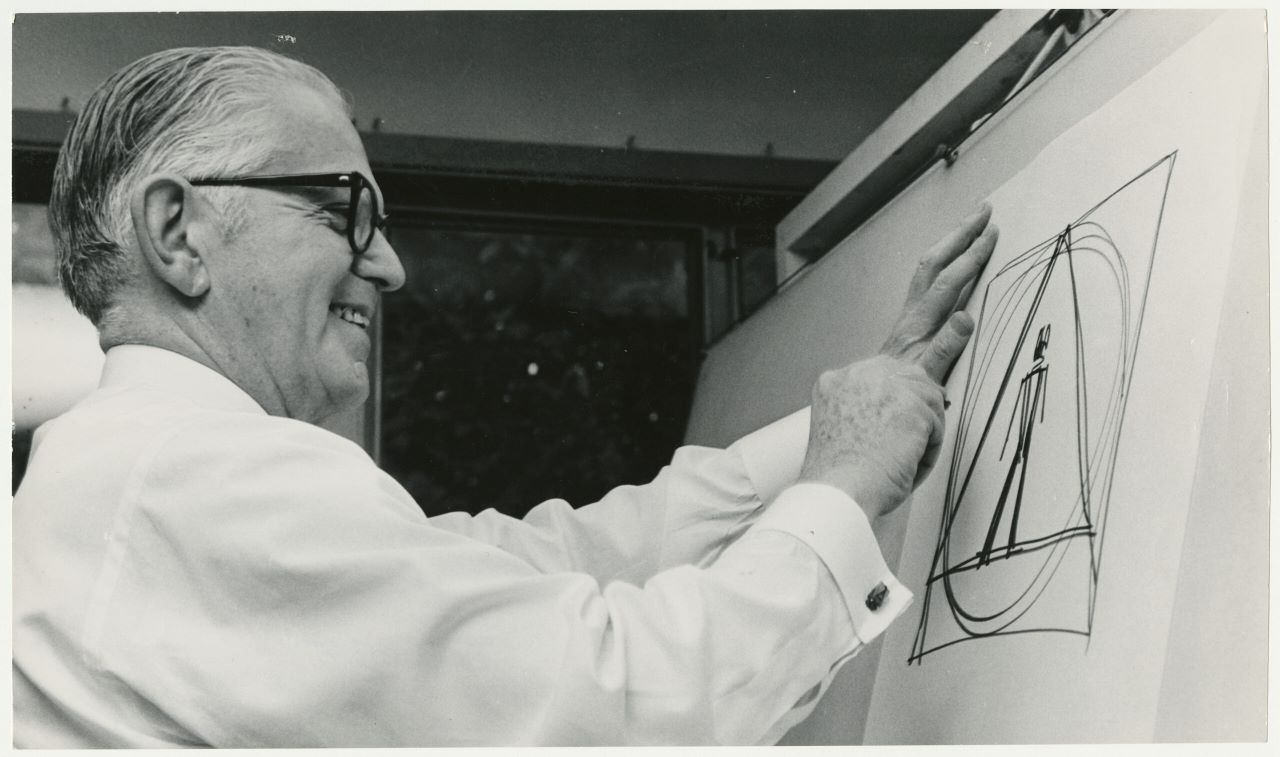
The visionary American designer Henry Dreyfuss supervised the creation of the Symbol Sourcebook between 1969 and 1972. The manual collected and catalogued thousands of symbols in international use. Dreyfuss worked closely with his staff and the public to collect thousands of symbols. These included designs for road signs, for agricultural equipment, for the Olympics and more. The team consulted with many different users and designers to create a common visual system that could be shared worldwide. The book includes an index in 18 different languages and symbols for 26 disciplines, from astronomy and mathematics to music and photography. And, despite being compiled 50 years ago, it is still a resource used by designers today.
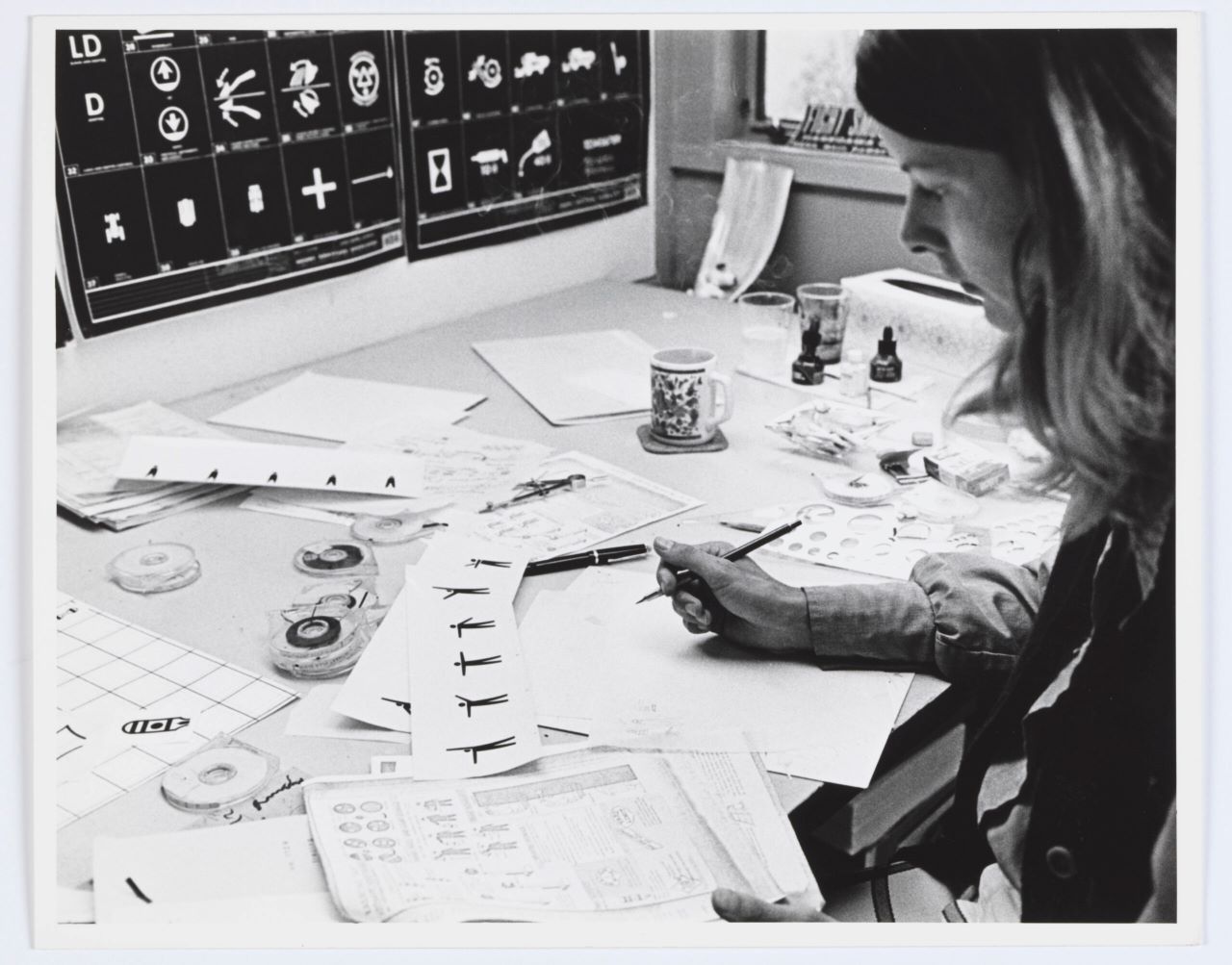
Symbols are constantly evolving and everyone has the power to shape symbols and give them meaning. The Symbol Sourcebook was not intended to have the last word on symbols. In fact, Henry Dreyfuss hoped the project would inspire others to explore the importance of these tools in our daily lives. Another section of the exhibition highlights how people use emoji to communicate who they are and what they believe in. Rayouf Alhumedhi, for example, was 15 years old when he proposed the emoji of a woman wearing the hijab, seen from the shoulders up. The process of designing and submitting emoji to the Unicode Consortium – the global regulatory body responsible for maintaining standards across digital devices – will be told through the story of two emoji: the ‘person wearing a headscarf’ and the ‘interskin couple’, preserved in the Cooper Hewitt’s permanent collection.
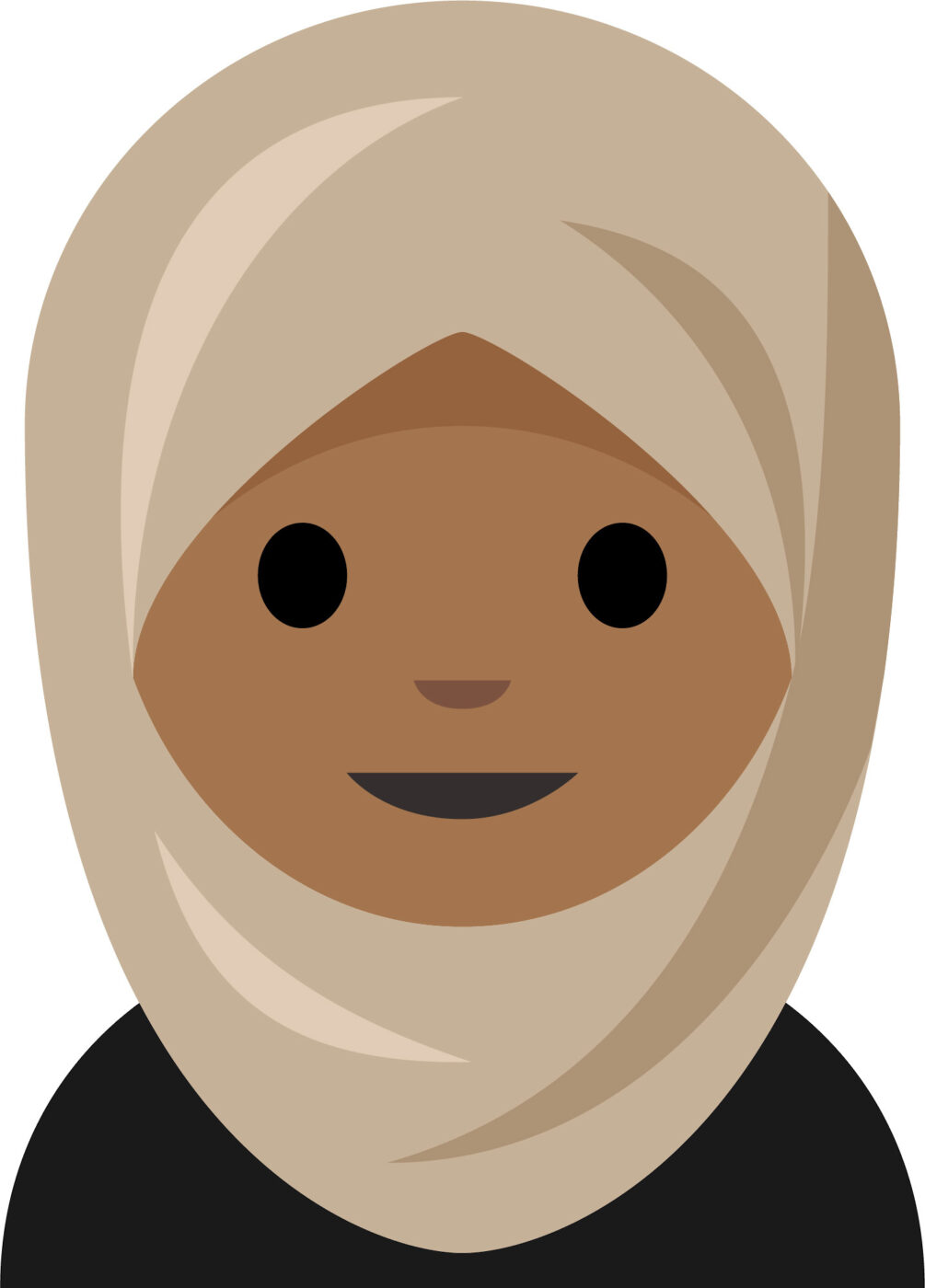
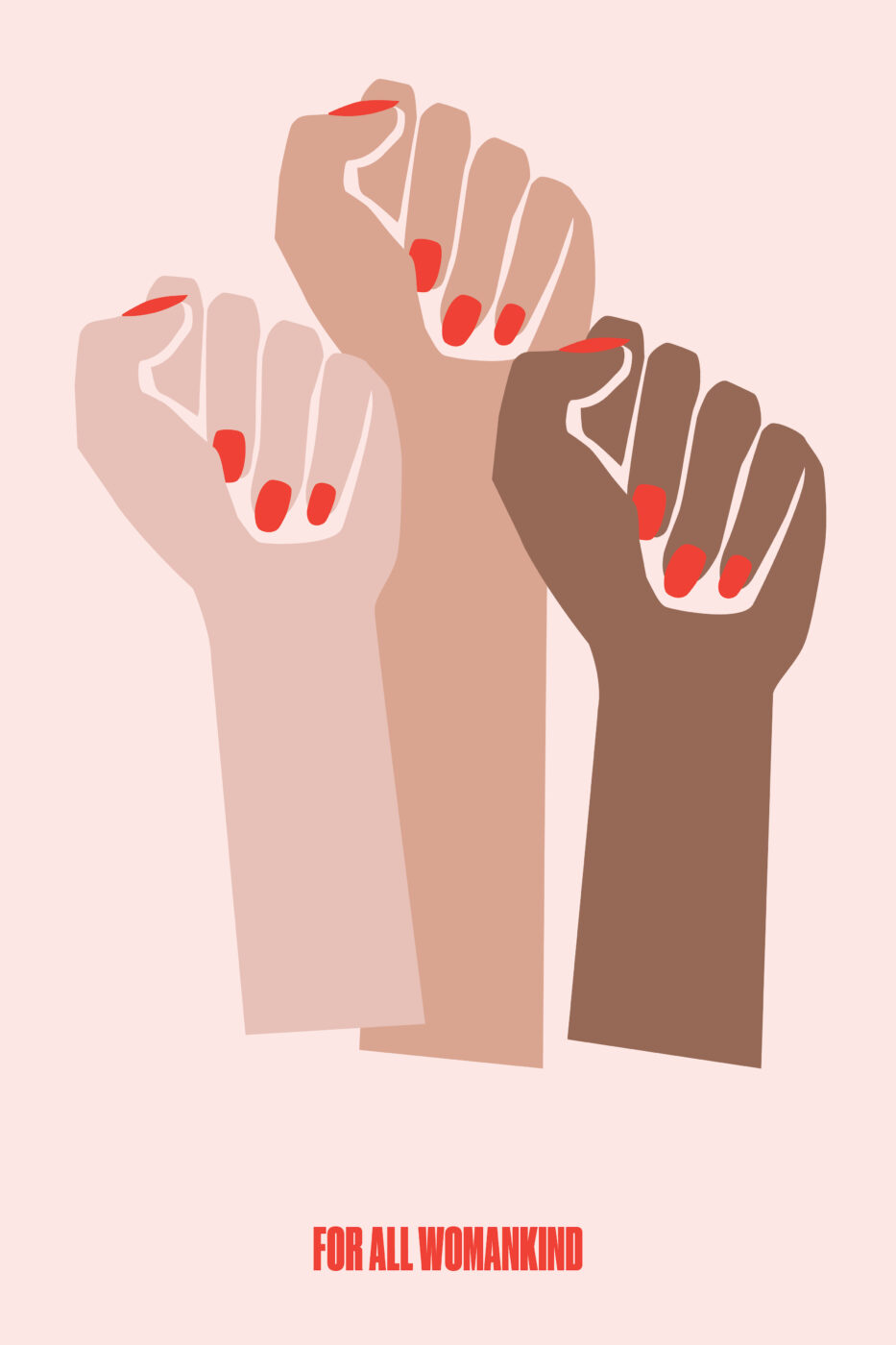
In the collaborative spirit of the Symbol Sourcebook, which Dreyfuss intended to expand by creating new symbols, visitors are invited to design symbols and participate in creative activities in-gallery and online to co-create a Symbol Sourcebook of 2024, which will be shared by posting them on social media and tagging @cooperhewitt with #SymbolSourcebook2024.






